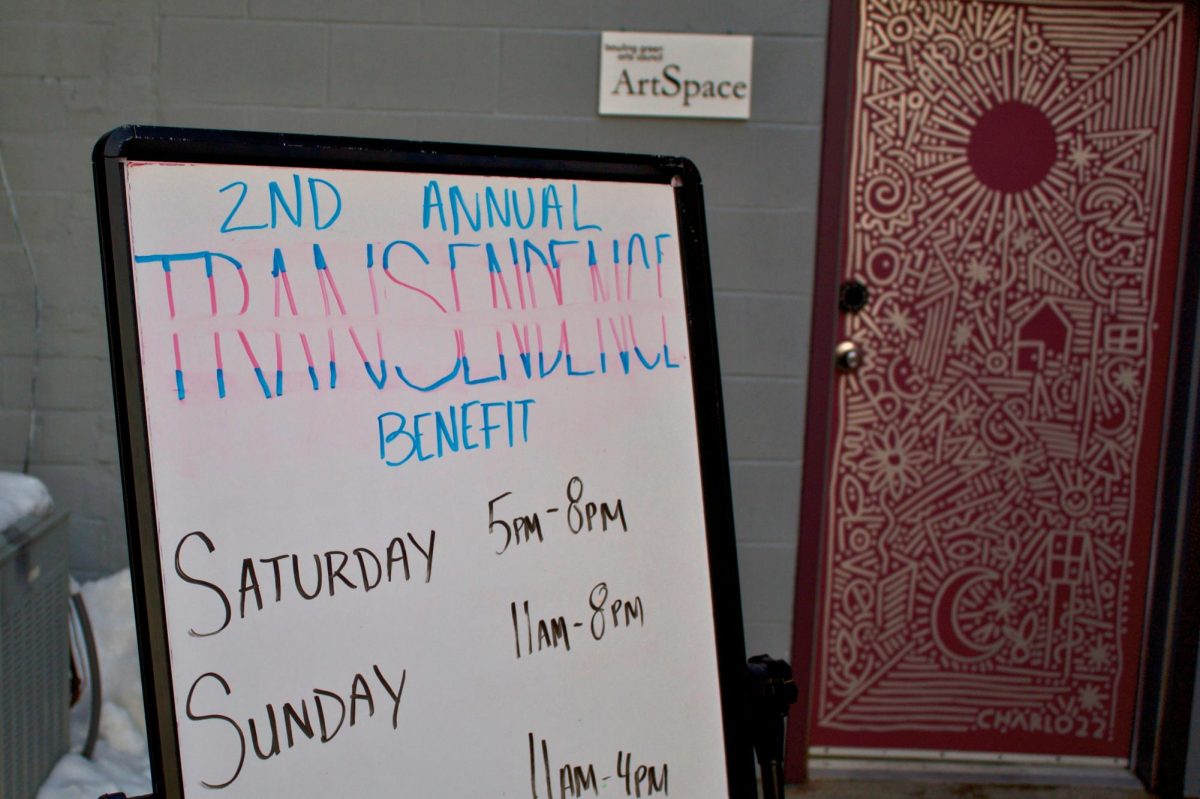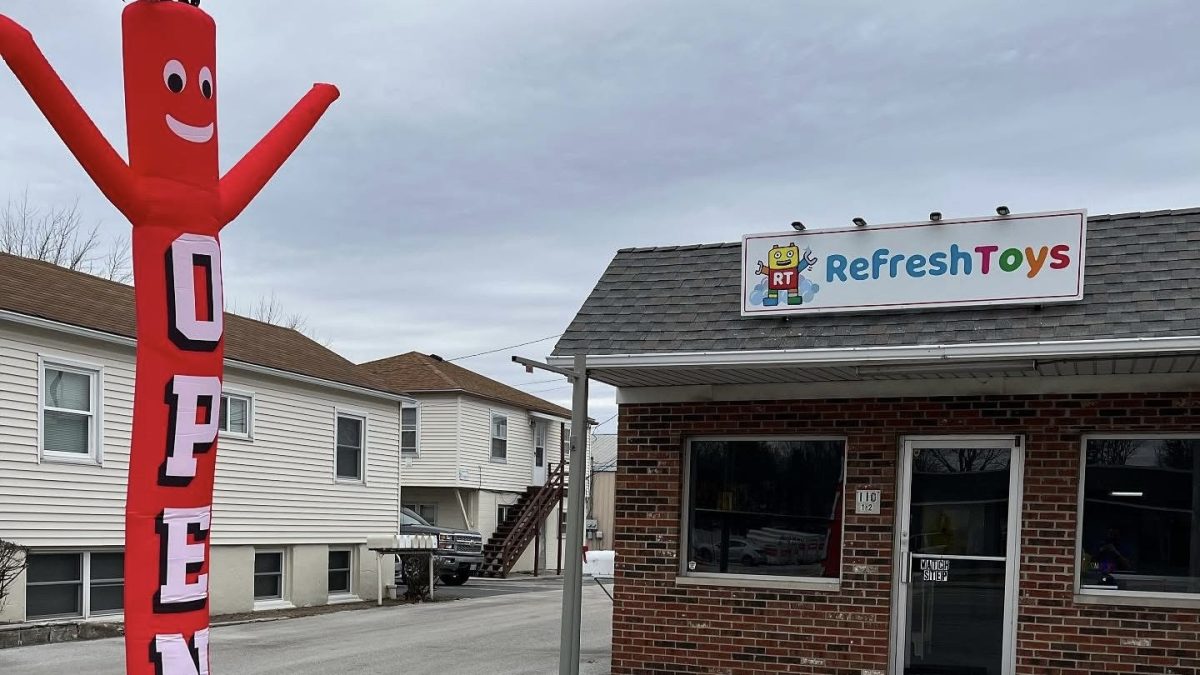While about 700 miles of fencing currently exists along the U.S.-Mexico border, President Donald Trump wants to build a wall between the countries to curb the amount of undocumented immigrants entering the U.S. Berlin Mayor Michael Müller has warned Trump against it.
“Mr. President, don’t build this wall,” Mayor Müller said on Jan. 27, speaking about Berlin’s unique history with walls, according to the Washington Post.
Back during the Cold War, the Berlin Wall divided East and West Berlin; lasting 28 years, the wall was eventually torn down in 1989.
“People have to decide for themselves” whether the border wall would be a good idea, political science professor Neil Englehart said. “What are the costs; what are the benefits?”
Englehart doesn’t believe the wall will be a good idea.
“The idea that just having a wall will do anything (to stop undocumented immigrants) is not correct,” Englehart said.
On top of that, he also said undocumented immigrants worked jobs where employers, especially in the agricultural industry, had difficult times finding Americans to work.
“When an employer hires an illegal immigrant, they don’t ask them (if they’re legal),” Englehart said.
As a result, undocumented immigrants end up filling out much of the same paperwork any American would fill out for a job, which means they end up paying taxes.
“They’re paying all the taxes, but they don’t collect the benefits,” he said.
While the mayor of Berlin sees a connection between the possible Mexican border wall and the Berlin Wall, German professor Geoffrey Howes said there are clear similarities and differences between the two.
“The purpose of the Berlin Wall was to stabilize the economy of East Germany,” Howes said. East Germany had been a Marxist economy at the time. “One of the reasons Donald Trump proposed this wall is because it would stabilize the U.S. economy.”
The Berlin Wall, in this respect, didn’t work. About two million East Germans went to the West when there had just been a fence, and the fence had been just as bad as the wall, Howes said.
“I went (to Berlin) when I was 19,” Howes said. “I had never seen power — the physical manifestation of it — like that before.”
The main difference was that, even though East and West Germany had technically been two separate countries then, the Berlin Wall had fundamentally been a physical divide in one country, the German professor said.
The Mexican border wall would divide two completely different countries. Because of this, Howes said it would make more sense to compare Trump’s proposed wall to the Iron Curtain, not just the Berlin Wall.
“The Berlin Wall symbolized the Iron Curtain,” Howes said. The “Iron Curtain” was a phrase coined by Winston Churchill, symbolizing the divide between the democratic West and the socialist East.
The other big difference was that the Berlin Wall was built to keep people in, while the Mexican border wall would be to keep people out.
Howes said along with the Berlin Wall, the Great Wall of China didn’t work out so well either.
The Mexican border wall “might stop people enough,” Howes said. However, “for two countries that have been living relatively peacefully … it’s a sign of bad faith.”
There may be a reason to have bad faith, he said, but the wall will not “help our relationship with Mexico.”
Whether the border wall would be a good idea remains debatable, but Englehart gave his reasoning behind why the Berlin mayor, Müller, spoke out against it.
It could have been just a “rhetorical flourish” at the time, but Müller knew that “building walls is an emblem of tyranny,” Englehart said.













